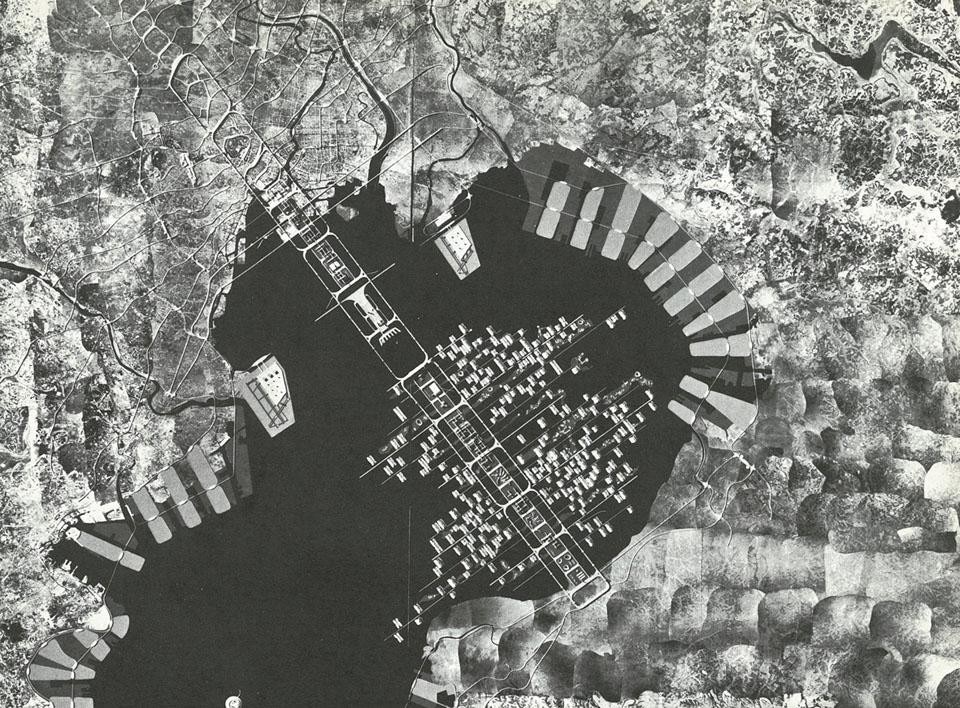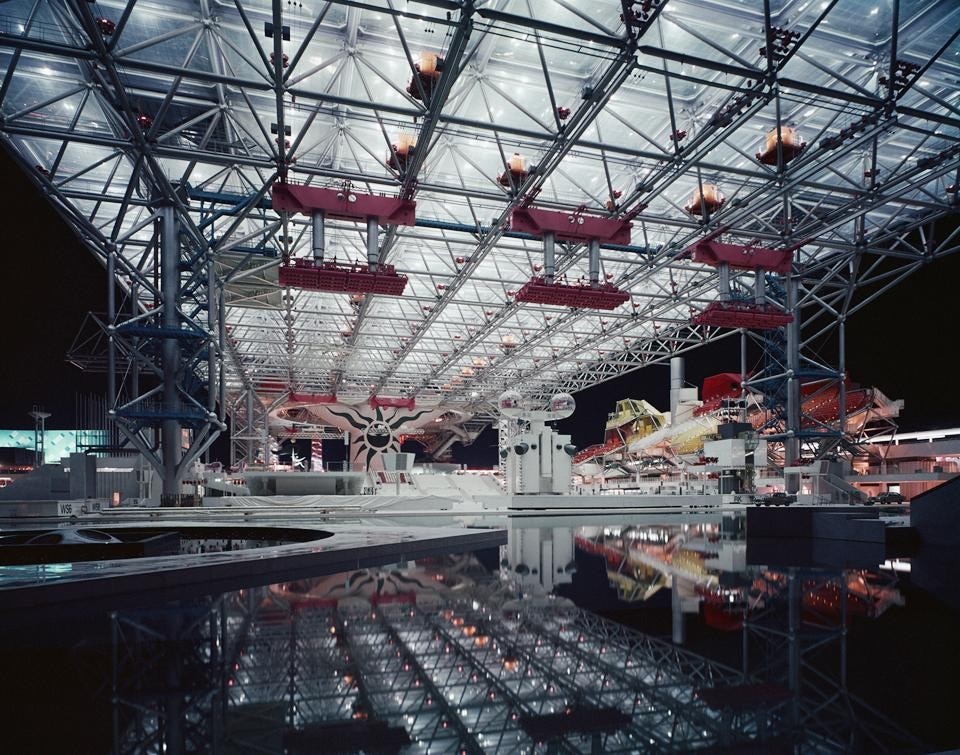At the World Design Conference of 1960, the Metabolism group—formed by architecture critic Kawazoe Noboru, architects Otaka Masato, Maki Fumihiko, Kikutake Kiyonori and Kurokawa Kisho, designers Awazu Kiyoshi, Ekuan Kenji, and others who had come under the influence of the architect Tange Kenzo—presented a manifesto entitled Metabolism 1960: Proposals for a New Urbanism. The movement went on to involve numerous other architects such as Isozaki Arata and Otani Sachio throughout Japan's period of rapid economic growth, and ultimately came to define this key moment in the country's modern architectural history. Fifty years on, there is now increasing momentum for a reappraisal of the Metabolists' grand visions of future cities, as an important pioneering example in assessing today 's cities.
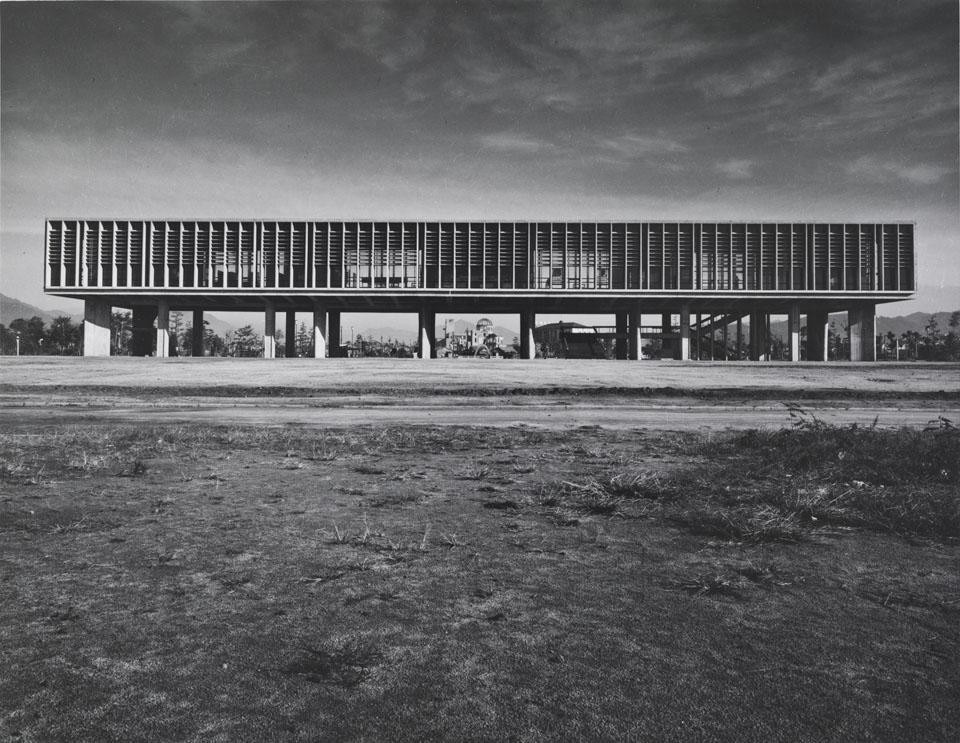
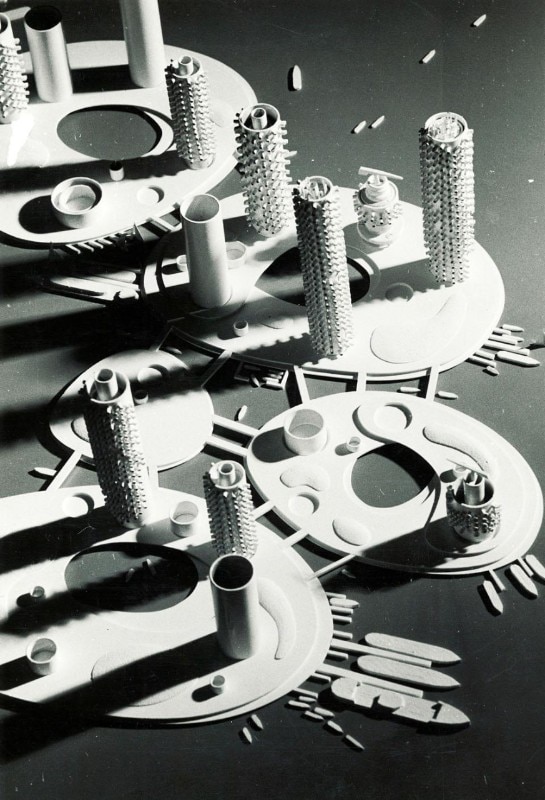
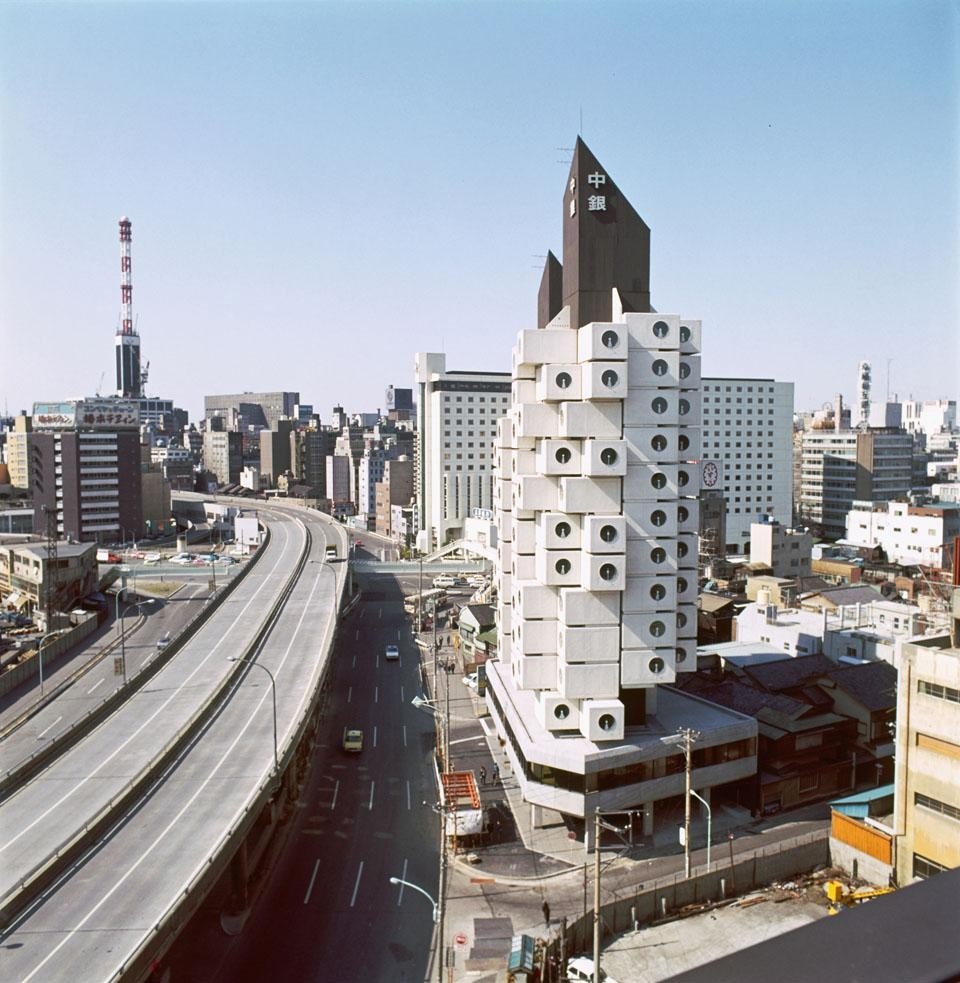
In the section Global Metabolism is developed the period where Kenzo Tange and architects under his influence extended their appeal overseas after Expo '70. Although most of their plans remain uncompleted, there is considered to be a need to review and reappraise them as the precursors to the current rapid development of Asian cities. This section showcases large, city scale projects, such as Tange's s Reconstruction Plan for Skopje City Center following the earthquake in the Macedonian capital, Kikutake Kiyonori's Marine City 1971—Hawaii and Maki Fumihiko's Republic Polytechnic, the National University of Singapore ' s Campus Plans. The Metabolism Lounge is a place for contemplating different aspects of future urban design through lectures, exhibitions of new research data and urban projects from universities, urban studies research institutions and companies, books on Metabolism and urban design, archive films of past lectures, and more.
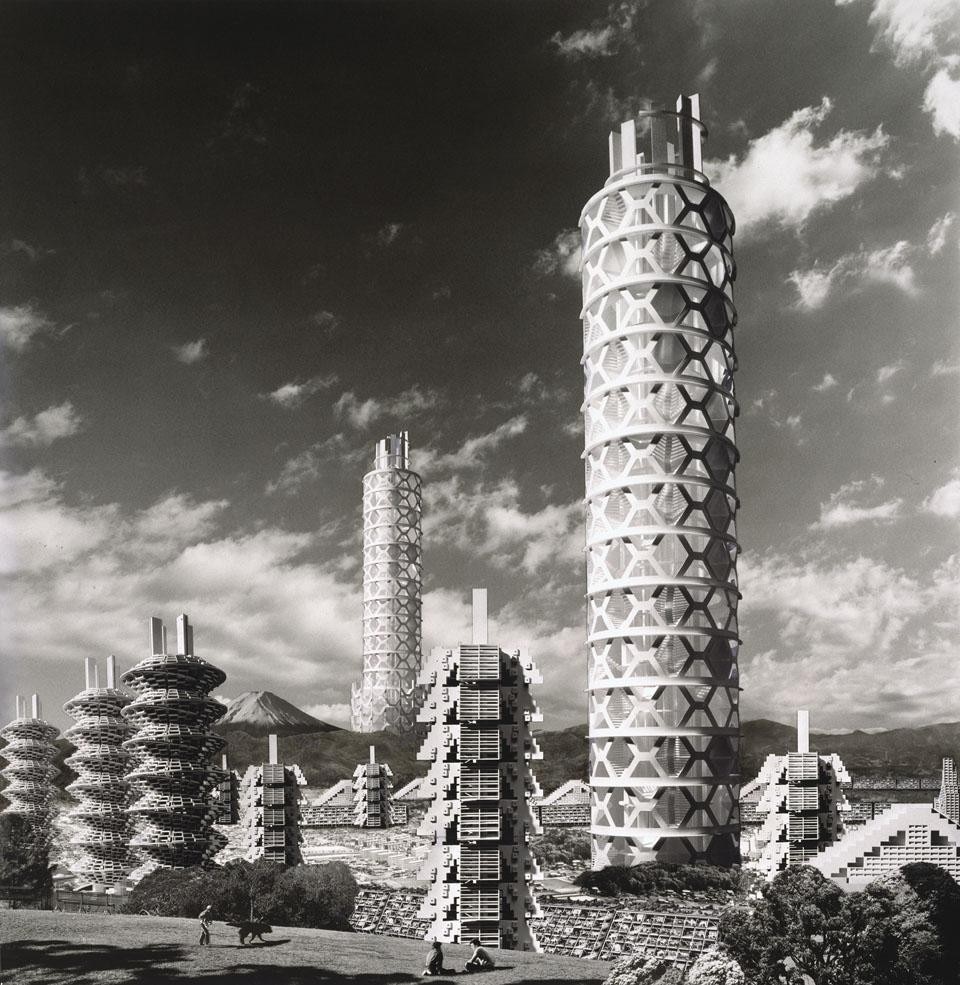
Mori Art Museum, 53F Roppongi Hills Mori Tower, 6-10-1 Roppongi, Minato-ku, Tokyo Japan
Advisory Committee: Isozaki Arata, Ekuan Kenji, Otaka Masato, Kawazoe Noboru, Kikutake Kiyonori, Fujimori Terunobu, Maki Fumihiko, Yatsuka Hajime and others
Curated by: Mori Art Museum, Metabolism Association, (Yatsuka Hajime, Asada Mari, Imamura Souhei, Ohta Kayoko, Kaneko Yusuke, Kikuchi Makoto, Seng Kuan, Toda Jo, Toyokawa Saikaku, Nango Yoshikazu, Hino Naohiko, Matsushita Kiwa, Mizutani Akihiro, Yamana Yoshiyuki)
